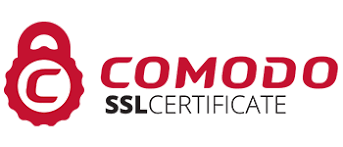Dear Queenie,
I am 20 years old and don’t have any kids. Lately I have noticed spider veins on my leg that make me feel very uncomfortable when I am wearing certain clothes.
None of my family members I know of have this.
I asked my doctor and she said the only way to get rid of them is through surgery, which is expensive.
Queenie, do you have any information concerning spider veins?—Worried
Dear Worried,
I am not writing a medical advice column, so readers, please take note: Writing a letter to Queenie is not a good substitute for a trip to your doctor’s office. In this case, I recommend going to another doctor for a second opinion.
Spider veins are those small, unsightly clusters of super-fine red, blue or purple veins that most commonly appear on the thighs, calves and ankles. Obviously, they are more apparent on a light-skinned person than someone with dark skin.
According to my information, there are various treatments for spider veins, including treatment with laser or by injection of a solution that causes them to disappear or become much smaller. Some treatments are more effective than others and some more expensive. There is about a 50-90% chance for a greatly improved appearance. There are some possible side effects.
A number of factors contribute to the development of spider veins, including heredity; pregnancy and other events that cause hormonal shifts; weight gain; occupations or activities that require prolonged sitting or standing; and the use of certain medications.
There are several easy things you can do to help prevent spider veins (and varicose veins) and to relieve any discomfort the ones you have may cause:
Protect your skin from the sun by wearing sunscreen.
Exercise regularly to improve your leg strength, circulation, and vein strength. Focus on exercises that work your legs, such as walking or running.
Control your weight to avoid placing too much pressure on your legs.
Do not cross your legs when sitting. Try to elevate your legs when resting.
Do not stand for long periods of time. If you must do so, shift your weight from one leg to the other every few minutes. If you have to sit for long periods of time, stand up and move around or take a short walk approximately every 30 minutes.
Wear elastic support stockings, but avoid clothing that is too tight or that will constrict your waist, groin, or legs.
Make sure to include high-fiber foods in your diet, as constipation can contribute to spider and varicose veins. High fiber foods include fresh fruits and vegetables and whole grains, like bran.
Control your salt intake. Salt, or sodium, can cause you to retain water or swell.






